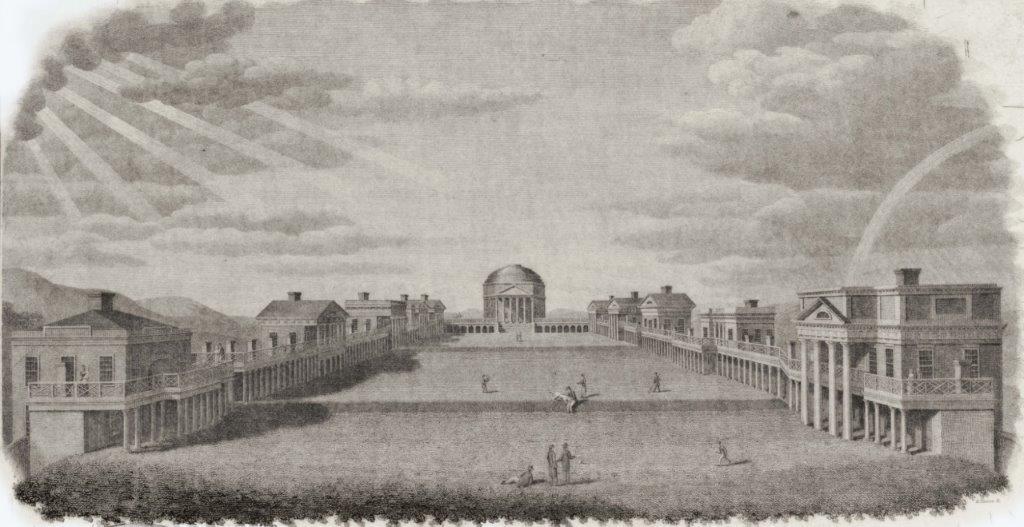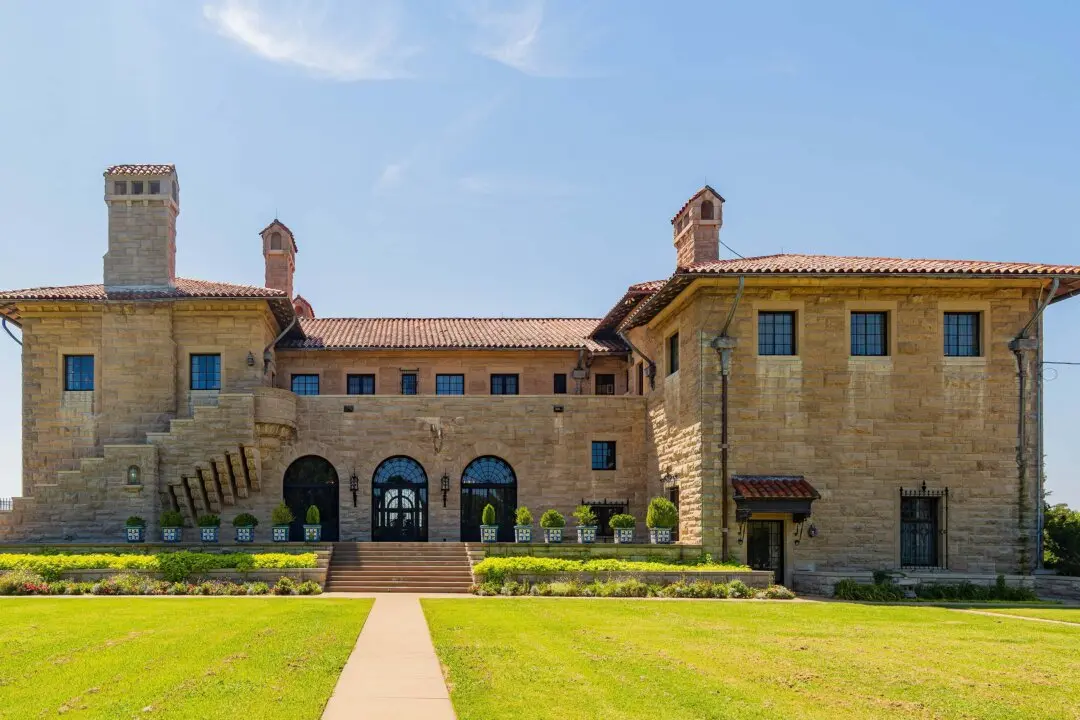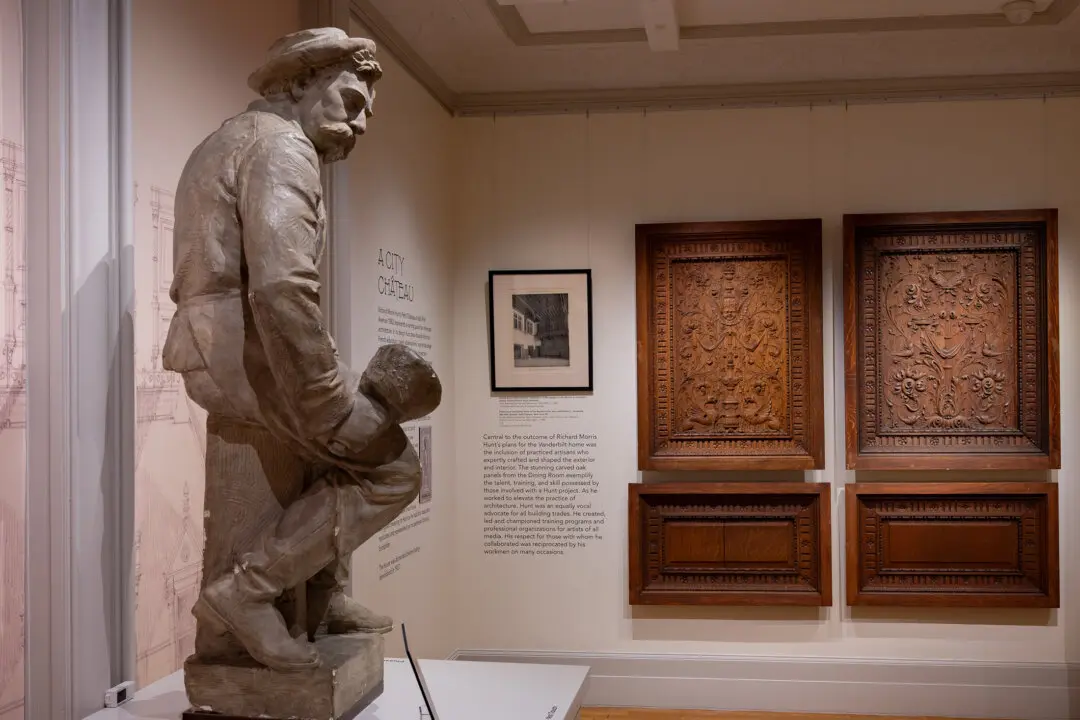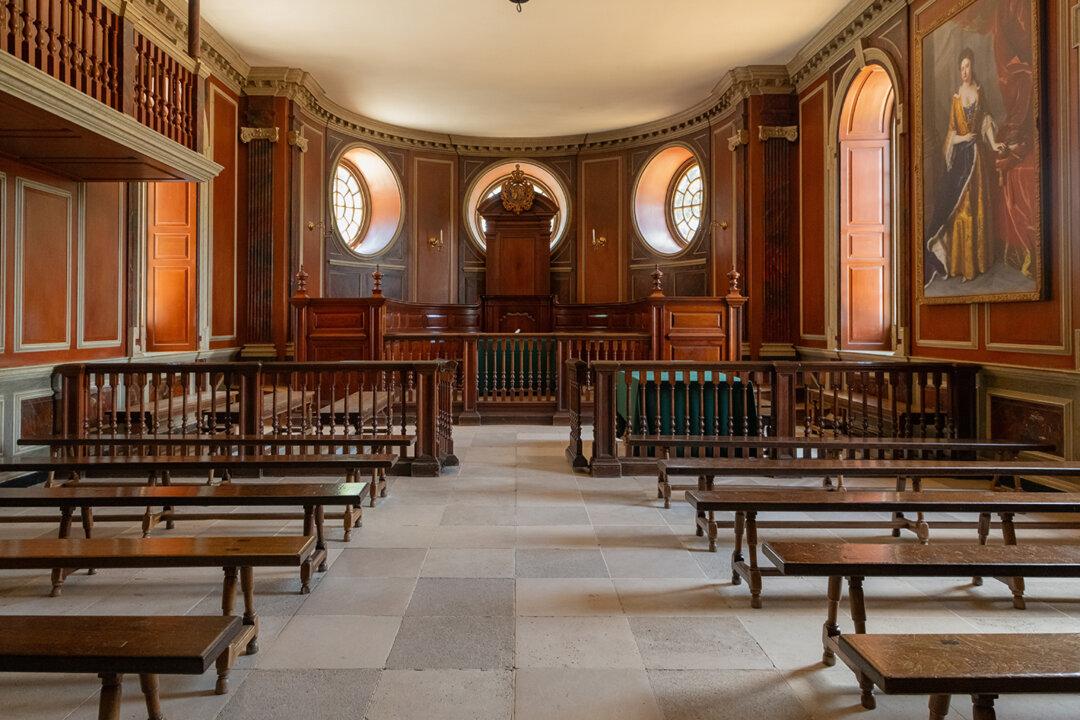If you had traveled with the Marquis de Lafayette to the Piedmont region of Virginia in 1824, you would have been amazed to come upon a beautifully proportioned village being built in the finest tradition of Renaissance planning. Ten pavilions connected by colonnades extending from a great building resembling the Roman Pantheon rose impressively above the rolling fields of Albemarle County. Lafayette had come as the guest of Thomas Jefferson to the University of Virginia’s nascent Academical Village, Jefferson’s last major architectural project. Lafayette and Jefferson dined together with James Madison and almost 400 dignitaries on the top floor of the still-unfinished Rotunda (the recreated Pantheon) and savored the view of the surrounding countryside.
R.D. Ward wrote of the occasion: “The meats were excellent, and each eye around us beamed contentment. It was contentment arising from the performance of the most sacred, the most grateful duty. It was the offering of liberty to him who had gratuitously aided to achieve it. In the language of Mr. Madison, it was ‘Liberty, where virtue was the guest, and gratitude the feast.’”




